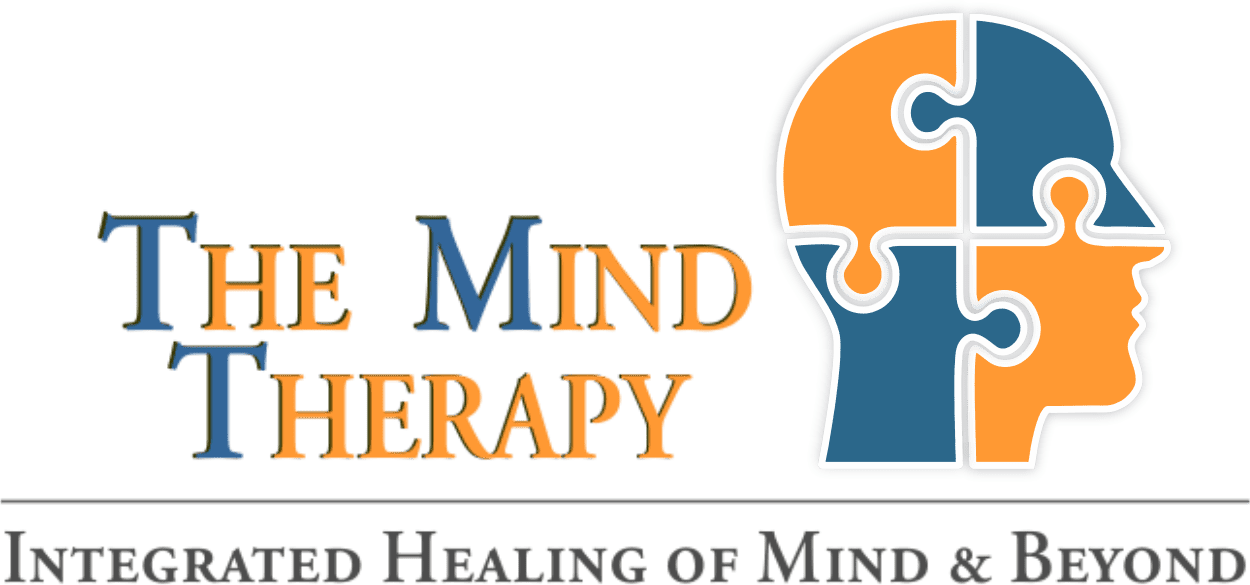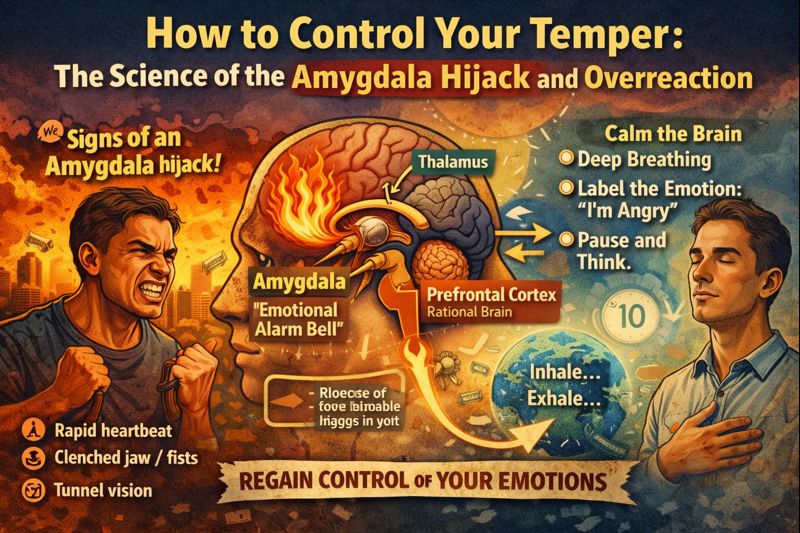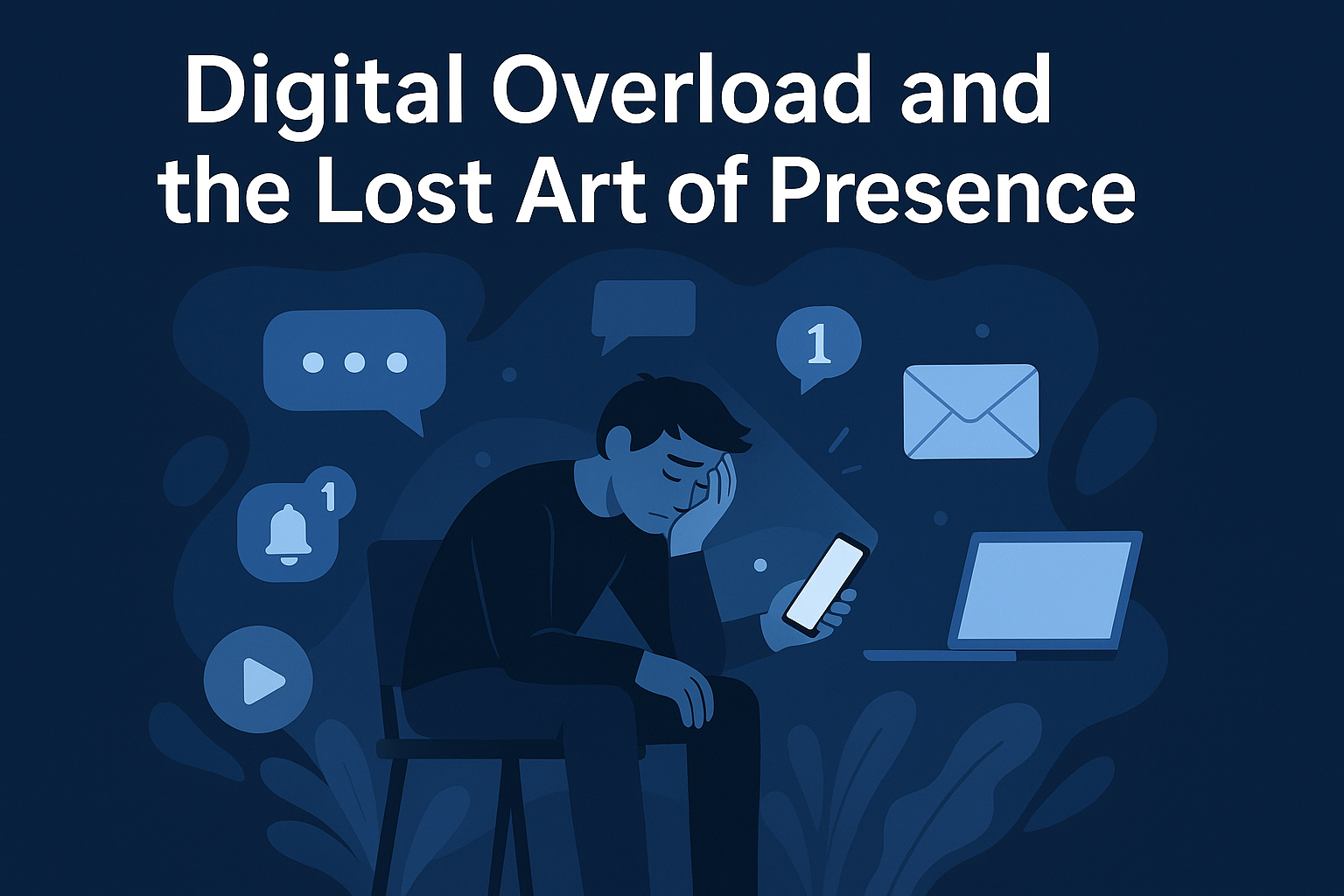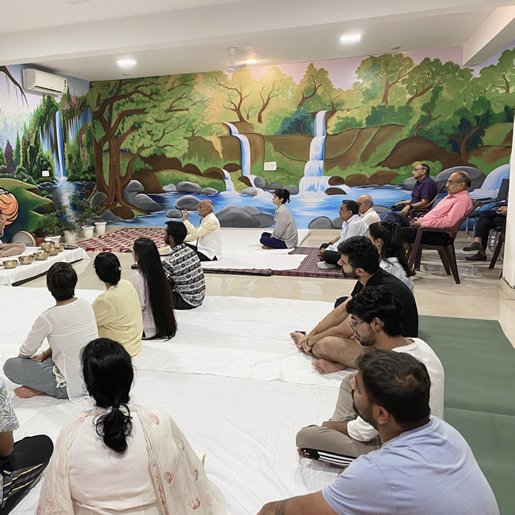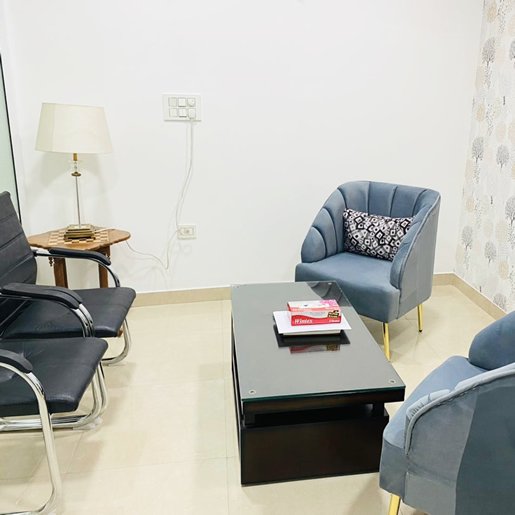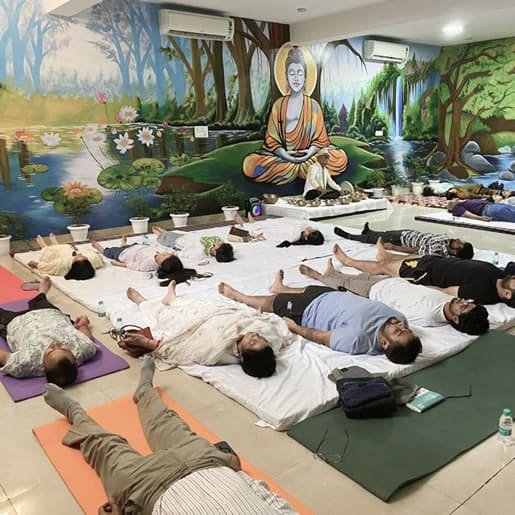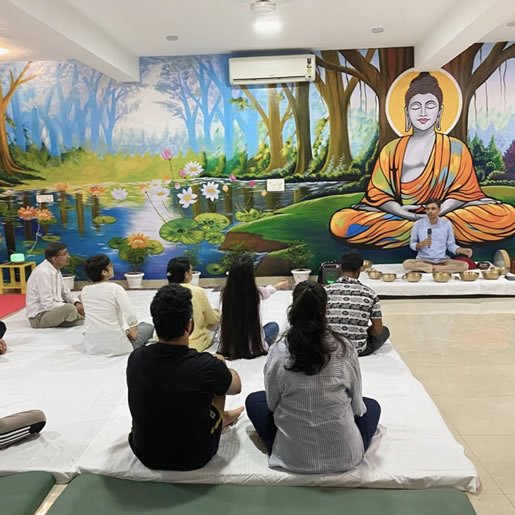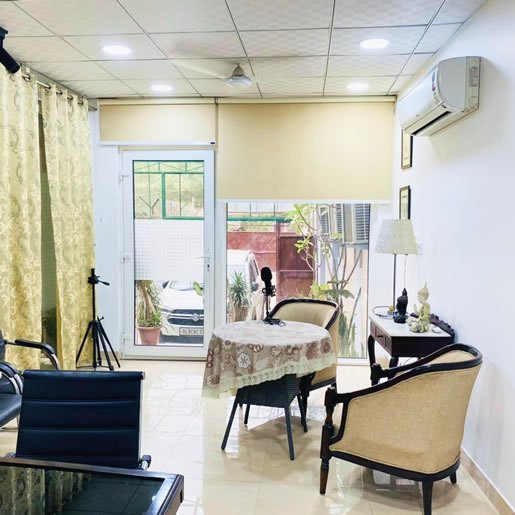Modern societies across the world face a severe crisis involving mental health which spreads through extensive stress throughout worldwide populations. Stress levels in populations worldwide have reached alarming heights due to multiple factors including hyper-connected demands of modern life and economic and social pressures from digital platforms alongside global uncertainties and instability.
Modern societal factors together with digital communication stress have triggered rising levels of anxiety alongside depression and burnout across all population groups. This silent epidemic affects both personal health and puts heavy pressure on healthcare facilities and social systems.
Breathwork meditation stands as a basic yet effective practice which allows people to achieve inner peace while society experiences rising stress levels and mental health issues. Modern science now supports ancient traditional breathing methods as they gain worldwide popularity for stress relief, mental clarity, and emotional balance.
What Is Breathwork Meditation?
Breathwork meditation requires purposeful breath control to modify physical reactions as well as emotional and mental states. People need to practice specific breathing patterns which include deep belly breaths or rhythmic cycles to control their nervous system.
Practitioners use breathwork to practice either basic diaphragmatic breathing techniques, Holotropic Breathwork, or other advanced techniques. Breath functions as the central aspect in all styles because practitioners use it to access mindful states and achieve well-being.
Science Behind Breathwork
Multiple studies conducted by scientists demonstrate that breathwork techniques can produce positive changes in human behavior. Frontiers in Human Neuroscience published research in 2018 showing that slow-paced breathing activates the parasympathetic nervous system to create relaxation while lowering stress markers.
The Journal of Clinical Psychology published research in 2020 which demonstrated that people who focused on their breath experienced substantial reductions in their depression symptoms along with anxiety symptoms.
Dr. Patricia Gerbarg, who co-authored The Healing Power of the Breath, describes breathing techniques as signals or messages which directly reach emotion centers in the brain to provide immediate mental relaxation.
Key Benefits of Breathwork Meditation
1. Reduces Stress and Anxiety
The vagus nerve receives activation through deliberate breathing which causes cortisol levels to decrease and creates relaxation states. The breathing technique proves beneficial for anxiety control in stressful periods.
2. Enhances Focus and Mental Clarity
When people direct their awareness to breathing patterns during practice, they develop mental presence and reduced mental distraction. Continuous practice leads to improved focus abilities together with better cognitive functioning.
3. Improves Emotional Balance
Breathwork meditation helps people develop stronger emotional recognition abilities. The practice of listening to your body’s natural cycles will enhance your ability to handle powerful emotions including anger, sadness, and fear.
4. Induces Better Sleep
The practice of breathwork just before sleeping helps to calm racing thoughts and relax the body thus creating conditions for more restful sleep.
Simple Breathwork Techniques to Try
1. Box Breathing Exercise
The Navy SEALs made box breathing popular through its four-part pattern of inhalation and exhalation and two periods of breath retention. This technique serves as a top choice to reduce anxiety while improving mental clarity.
How to practice:
• Inhale for 4 counts
• Hold for 4 counts
• Exhale for 4 counts
• Hold for 4 counts
Repeat for 5 minutes.
2. 4-7-8 Breathing Technique
Dr. Andrew Weil gave this breathing technique to help people manage anxiety while improving their ability to sleep better. He is an American celebrity doctor who advocates for integrative medicine.
How to practice:
• Inhale quietly through your nose for 4 seconds
• Hold your breath for 7 seconds
• Exhale gradually through your mouth for 8 seconds
Repeat 4 times.
3. Alternate Nostril Breathing (‘Nadi Shodhana’)
Yoga traditions consider this practice as a fundamental method which unites brain hemispheres to achieve mental clarity.
How to practice:
• Touch your thumb over your right nostril while breathing in through your left nostril
• Close the left nostril and exhale through the right
• Inhale through the right nostril, then switch and exhale through the left nostril
Continue for 5 minutes.
Precautions
Breathwork presents safety concerns for specific individuals including people with respiratory problems, cardiovascular diseases, or pregnant women. It is a good idea to get medical consultation from a healthcare provider before beginning an intensive breathwork practice.
Final Thoughts
Through breathwork meditation, people can access a simple yet effective method to develop emotional flexibility and mental clarity. The proven advantages of breathwork meditation have led to increased popularity among people who view breathing as a dependable tool for maintaining mental wellness.
The practice of daily breath meditation for just a few minutes leads to significant changes in your mood and mindset as well as improved overall health.
Are you looking for inner peace, deep relaxation or holistic solutions for mental health? Visit http://themindtherapy.in - your space for online counselling/therapy, free mental health tests, meditation, sound therapy etc.
Mind Therapy is India's trusted platform for mental health, mindfulness, and holistic healing. Explore expert-led programs, guided meditation, sound therapy and counselling at http://themindtherapy.in

